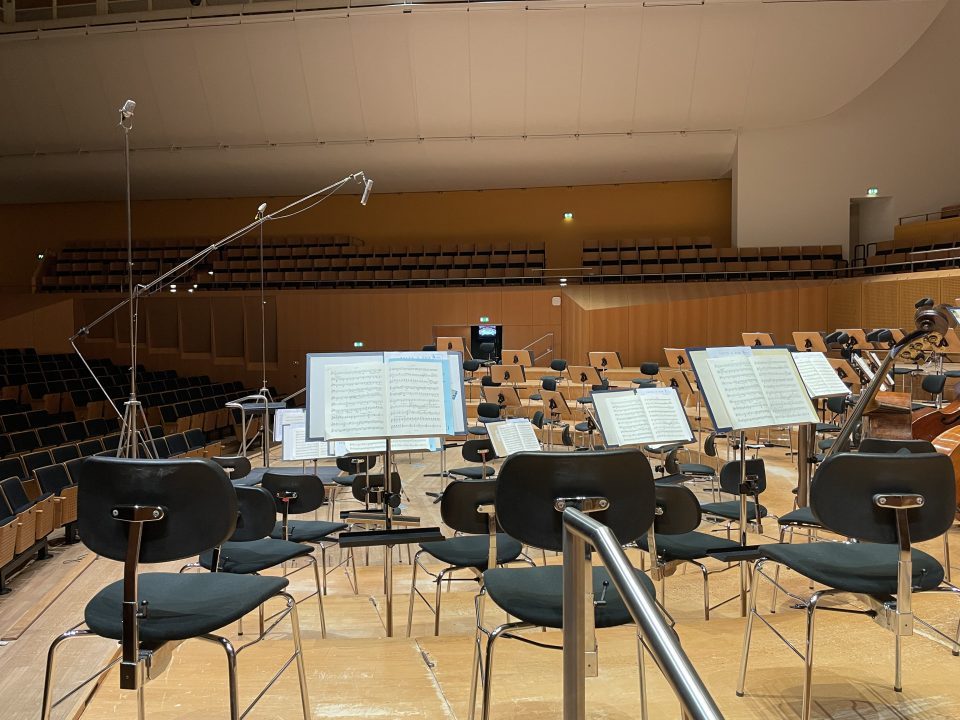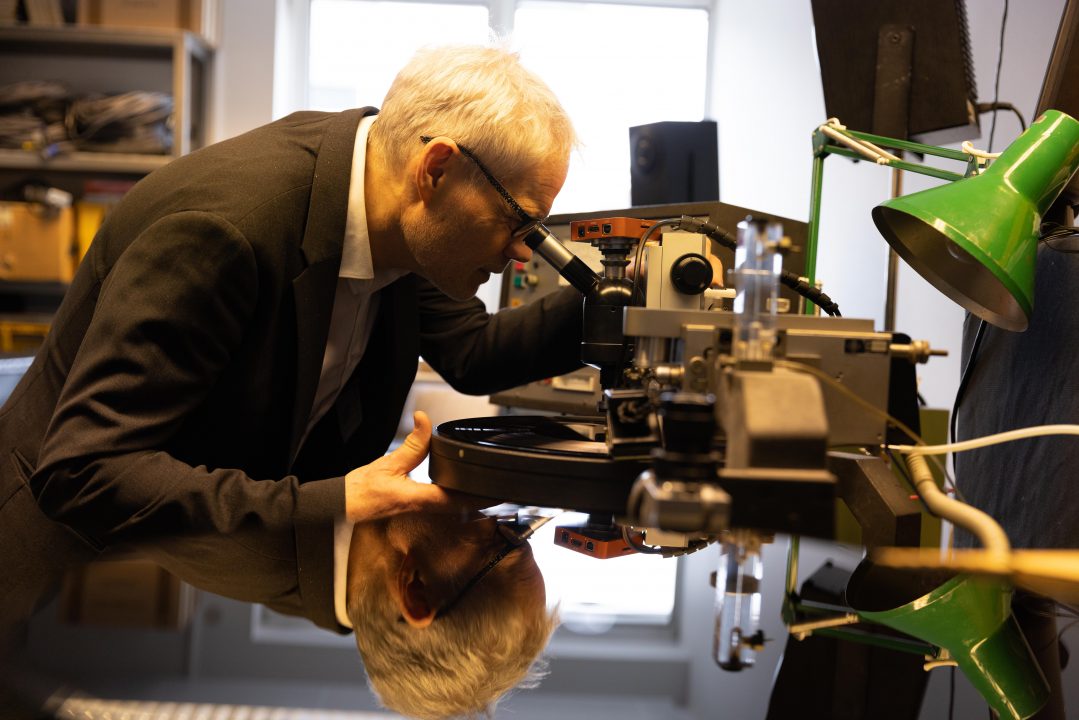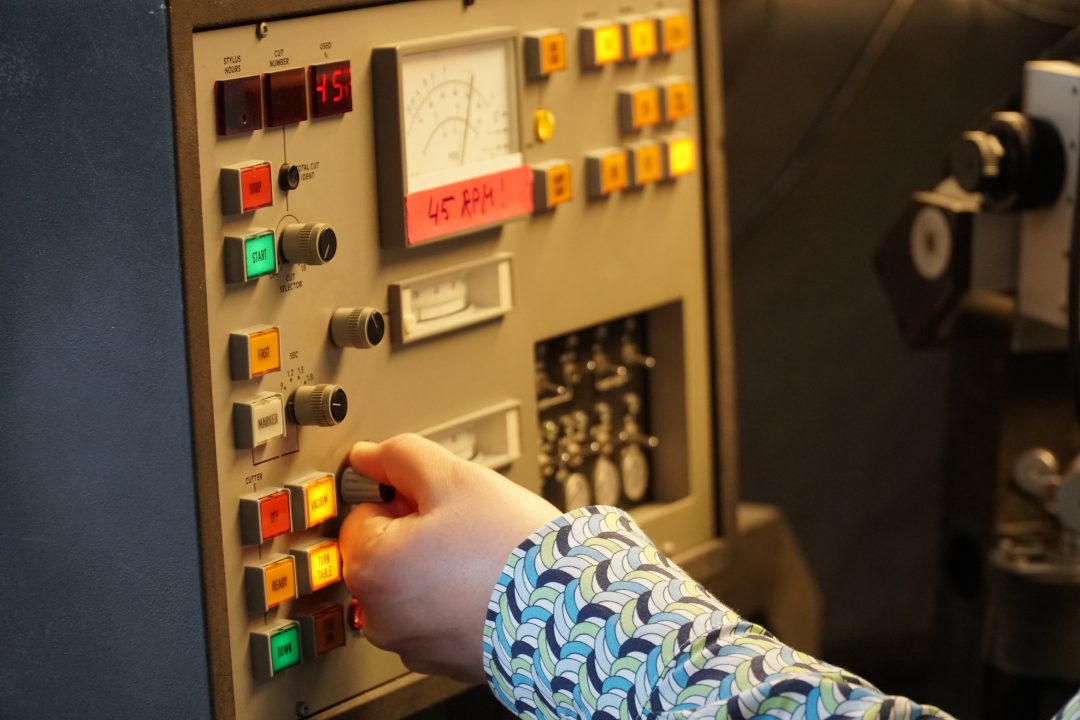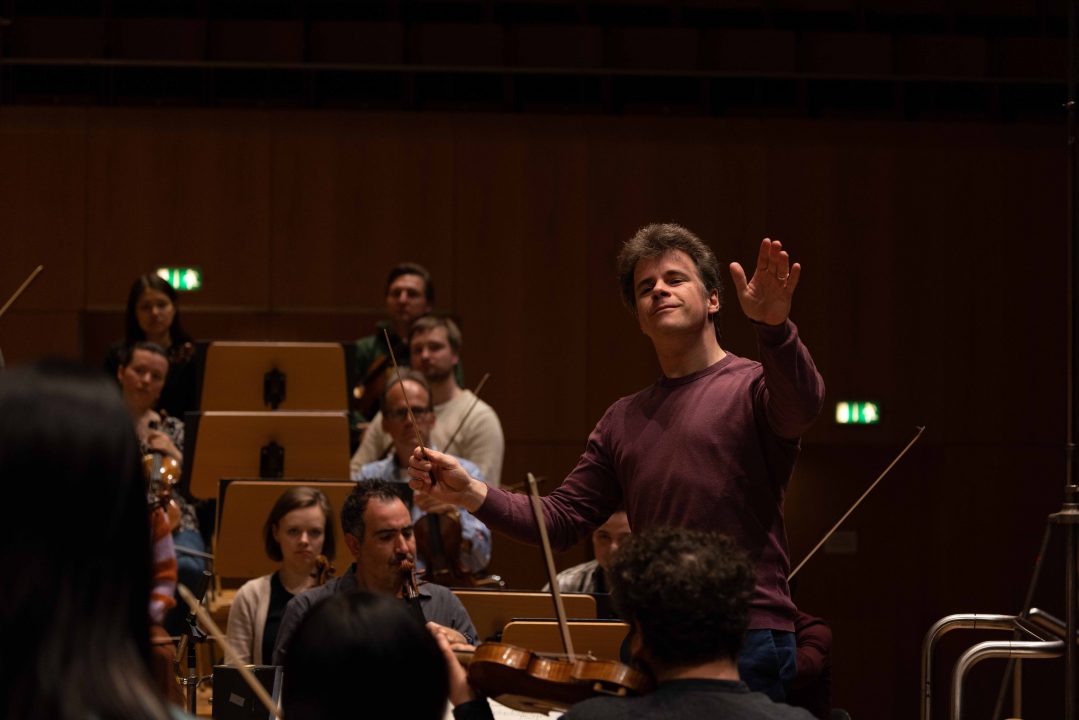The EBS Team Produces Another Explosive Direct-to-Disc With the Bamberg Symphony Orchestra
includes an "encore"
Many a western themed orchestral work ("western" as in cowboys), as well as probably some "eat beef" television commercial music keyed off of Antonín Dvořák's bold Symphony No. 9 (originally called Symphony No. 5 but not getting into that here). The Czech composer began writing it shortly after arriving in New York City on September 26th, 1892, but the set's annotator Alexander Moore makes clear that while the symphony is from the new world, it is not of the new world.
Yet the annotation also notes that the composer explored indigenous music and "memorized the Native American dances and songs" while attending the Buffalo Bill Wild West Show. It also notes Dvořák had as a student and college orchestra librarian Harry Thacker Burleigh, considered today as "the father of the spiritual".
A year after his arrival, Dvořák told The New York Times "that the future music of this country must be based on what are called the songs of the Negroes and Indians." How right he turned out to be!
"But leave out the nonsense that I used Indian or American motifs, because that is a lie. I have written only in the spirit of these American folk songs," he told a journalist. Leonard Bernstein, probably in one of his televised "Young People's Concerts" demonstrated that the familiar and grand Largo theme could also be played in a romantic German style or in a Chinese style." Nonetheless, when you listen to side three of this set (the Scherzo-Molto Vivace) as well as hearing the Beethoven shout out, you'll be transported both to a cattle round-up and a walk through the Bohemian woods.
Not that any of this is critical to enjoying the easily accessible piece (it's one of those "if you want a way into classical music try this" symphonies). Nor is having spectacular D2D sound critical to enjoying this sprawling piece, but it doesn't hurt and the sound here is spectacular. Producer/engineer Maillard chose a three microphone set-up: a pair of Neumann M49 for left and right and for the center one a Josephson C700S.
 The visual and sonic picture from the audience perspective well back in the hall—the microphone placement puts you far further forward:
The visual and sonic picture from the audience perspective well back in the hall—the microphone placement puts you far further forward:
 The Direct-to-Disc sound here is as transparent, three-dimensional, and cohesive as recorded symphonic music can be. The microphones have disappeared. Brass sounds bold and and string tonality is rich and well detailed. Woodwinds are equally well-served. Hell, this is just a monumental recording and performance. With no edits possible and everyone playing for perfection, the recording either suffers from boredom due to overcautious playing, or all positive hell breaks loose, and that's what happened here. Side four's Allegro con fuoco concludes the symphony with an exhilarating orchestral explosion—an insistent summation that effectively reprises the entire work. The sound will have you feeling that you were there.
The Direct-to-Disc sound here is as transparent, three-dimensional, and cohesive as recorded symphonic music can be. The microphones have disappeared. Brass sounds bold and and string tonality is rich and well detailed. Woodwinds are equally well-served. Hell, this is just a monumental recording and performance. With no edits possible and everyone playing for perfection, the recording either suffers from boredom due to overcautious playing, or all positive hell breaks loose, and that's what happened here. Side four's Allegro con fuoco concludes the symphony with an exhilarating orchestral explosion—an insistent summation that effectively reprises the entire work. The sound will have you feeling that you were there.
So What's on Sides 5 and 6?
Having completed what the orchestra and conductor thought was a perfectly spectacular concluding take, it decided to reprise an encore it had recently performed following a live before an audience performance of "From the New World", so a fresh lacquer was put on the lathe and side five contains "Waltz Op. 54 No.1" recorded with no rehearsal in a single take.
Side six contains an alternate take of side 3's Scherzo-Molto Vivace, but one the orchestra and conductor felt was second best compared to what's on side 3. Why was it included? Because there's a technical issue with side 3's cut. The timpani beat at the side end was "more intense" than expected so the groove depth had been set too low (obviously there's no "preview head" to guide the cutter head as to cutting depth and groove spacing), resulting in what's called a "tear off", which means during playback at groove 12 in bar 300 the stylus "loses all guidance", resulting in one of three scenarios (all of this is discussed in the full-sized booklet):
1) the stylus (it's called a "needle" in the booklet) immediately "slithers" back into groove
2) the stylus "slides" back into groove 11 when the anti-skating pull strong outward pull. This creates a loop".
3) The stylus "slides" directly into groove 13 if the skating force pulls inward, the result being the final chord of the third movement would go missing.
According to the notes, since the break-off is very short and there's little lateral deviation, the first of the three possibilities above happens "in the vast majority of turntables."
I didn't hear it and I did hear the final chord. I don't think you'll hear it either, but if you do miss getting this limited edition sonic and musical spectacular, you'll hear it from your inner voice: "why did I hesitate to get that?". This is as good as recorded symphonic music gets as far as I'm concerned and Mr. Maillard's finest sounding D2D classical production—not that the others are anything but exceptional. Yes, you'll have go get up a few times to turn over the record but as I like to remind: for many, standing up is a good thing!
 Uh oh! Do I see a "tear-off"?
Uh oh! Do I see a "tear-off"?


Conductor Jakob Hrůša also wielded the baton for Accentus' previous Bamberg Symphony Orchestra D2D release, Smetana's "Má vlast" now sold out (hint).
About the Bamberg Symphony Orchestra from the notes and website:
The Bamberg Symphony Orchestra was founded in 1946 by German musicians in exile from the former Prague German Philharmonic Orchestra as well as from Karlovy Vary and Silesia. Under its first principal conductor Joseph Keilberth the ensemble quickly established itself as one of Europe’s leading orchestras, having toured the concert halls of the world more than any other German ensemble through 1968 and having been the first German orchestra to tour Asia, Africa, Europe, and the United States after the war.
Keilberth’s successors included James Loughran and Horst Stein. A parade of famous conductors has also helped create the orchestra’s characteristic sound, including Rudolph Kempe, Hans Knappertsbusch, Clemens Kraus, Eugen Jochum, Georg Solti, and Günther Wand. In more recent years the orchestra has been joined by Christoph von Dohnányi, Christoph Eschenbach, Mariss Jansons, Wolfgang Sawallisch, and Giuseppe Sinopoli.
You can purchase this set through Naxos or from Accentus
All that's left to do is compare this performance to Istvan Kertesz's with the Vienna Philharmonic Orchestra (the original Decca SXL 2289 will cost you considerably more than this D2D box set, though there's an Esoteric (the audio company) reissue (ESLP-10002) cut "One Step" in Japan using a digital file produced with Esoteric equipment using no limiting, filtering or EQ. I can't imagine it achieves this level of sonic transparency and verisimilitude but I'll find out now.












































